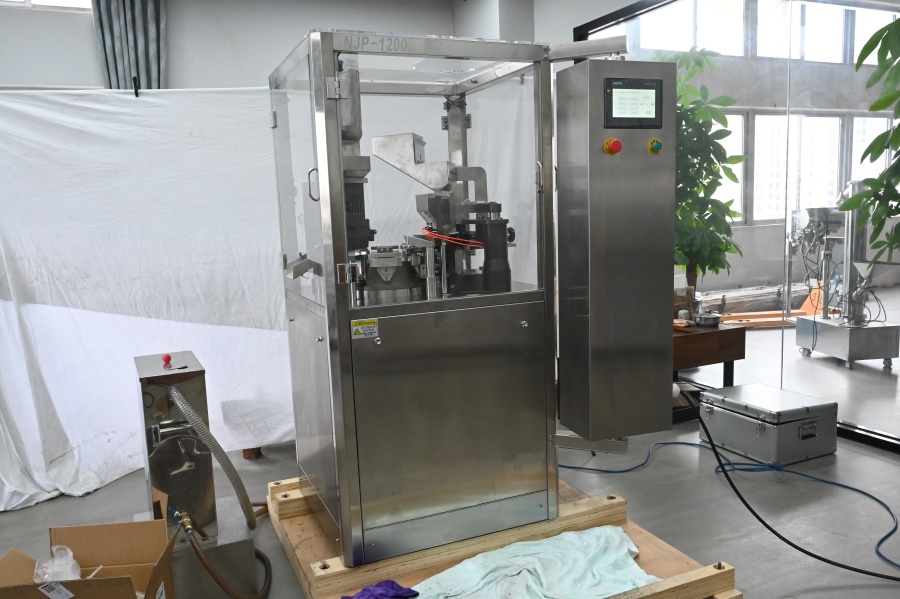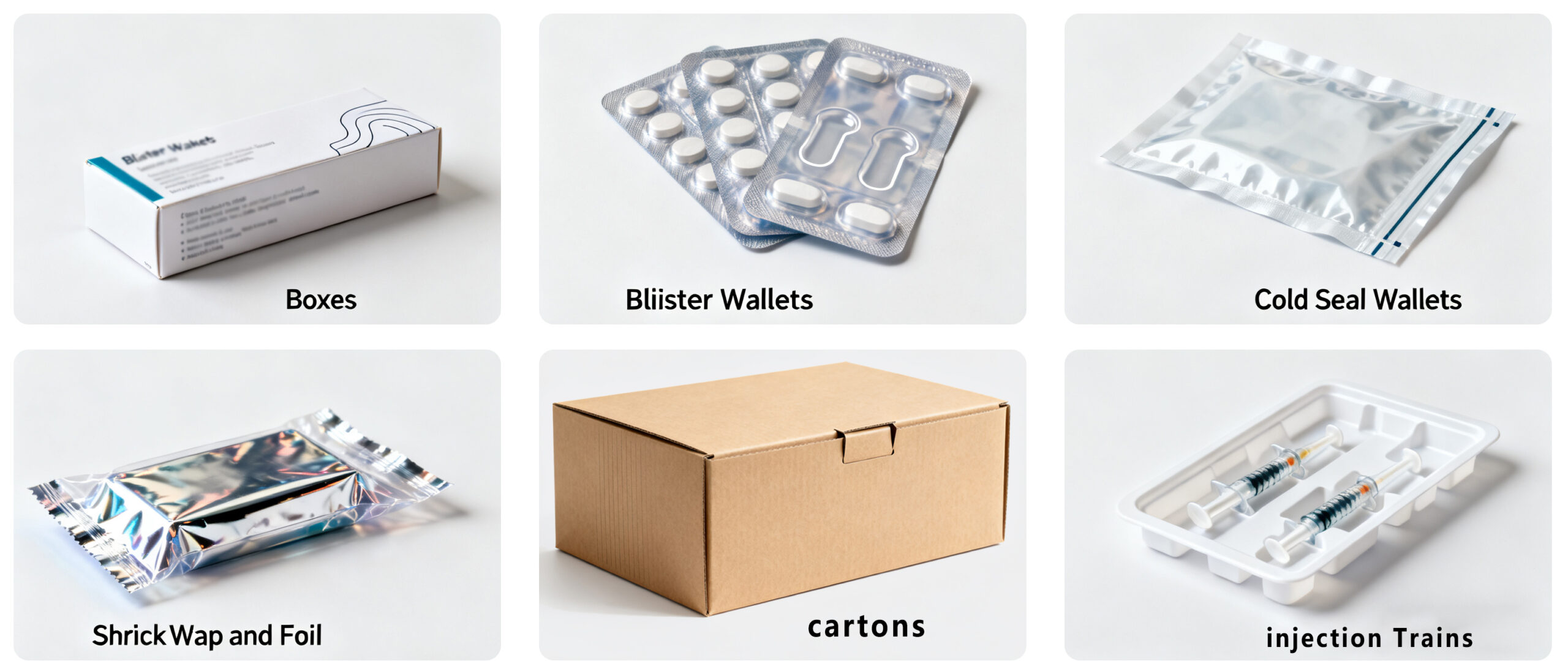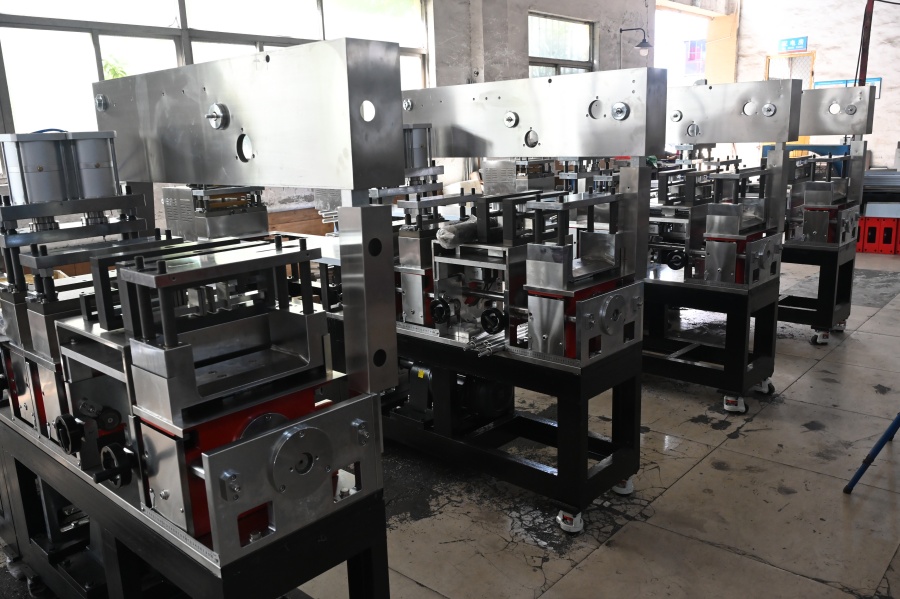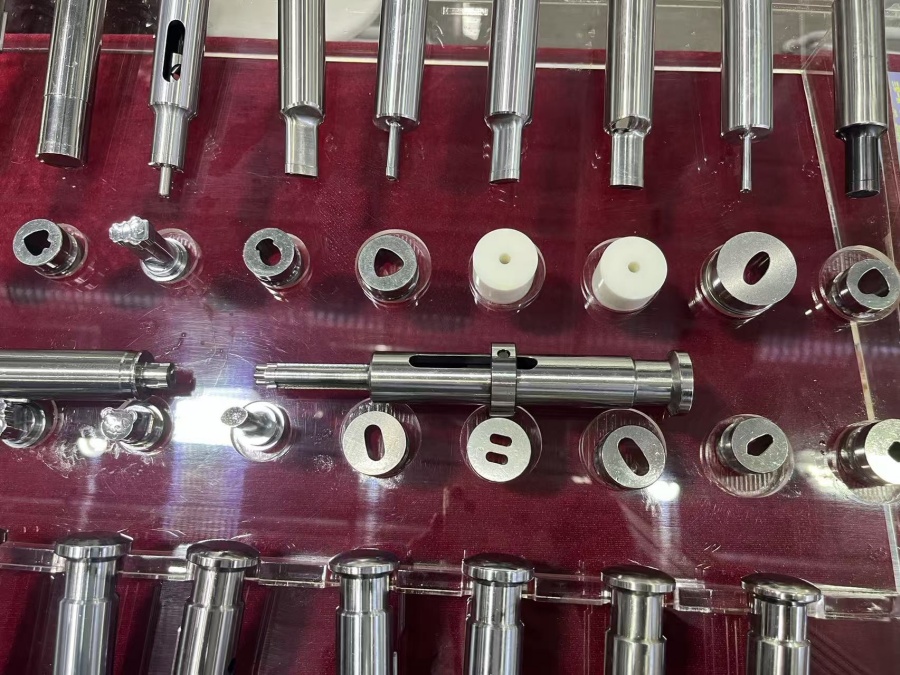Making pills and tablets might seem simple. But there’s a lot of science behind it. One key step is called granulation. This process turns powder into small granules. These granules then become the pills we take.

There are two main ways to do this. They are dry granulation and wet granulation. Each method has its own benefits. Let’s explore both methods and see how they differ.
What is Dry Granulation?
Dry granulation is a method that doesn’t use liquid. It’s also called direct compression. This process involves compressing powdered ingredients directly.

The process works in simple steps. First, you mix all the dry ingredients together. Then you feed this mixture into a machine. The machine applies high pressure to compress the powder. This pressure binds the particles together.
The compressed material forms large tablets or slugs. These are then broken down into smaller granules. A machine called a granulator does this job. The result is uniform granules ready for final tablet making.
Benefits of Dry Granulation
This method has several advantages. It’s faster than wet granulation. You don’t need to wait for drying time. This saves both time and energy costs.
The process uses fewer steps. This means less equipment and lower costs. It’s also better for heat-sensitive drugs. Some medications break down when exposed to heat or moisture.
Dry granulation works well with certain materials. These include drugs that compress easily. It’s perfect for ingredients that don’t like water.
Drawbacks of Dry Granulation
However, this method has some limits. It only works with certain types of powders. The powder must have good binding properties. Without this, the tablets won’t stick together properly.
The pressure needed can be very high. This might damage some sensitive drugs. Also, the final tablets might be harder. This can affect how fast they dissolve in the body.
What is Wet Granulation?
Wet granulation uses liquid to bind powders together. This is the more traditional method. It’s been used for many years in drug making.

The process starts with mixing dry ingredients. Then you add a liquid binder. This liquid is usually water or alcohol. Sometimes it contains special binding agents.
The mixture forms a wet mass. This mass is then passed through a screen. The screen creates granules of similar size. After this, the granules are dried. Finally, they’re ready for tablet compression.
Types of Wet Granulation
There are different ways to do wet granulation. The traditional method uses a large mixer. The ingredients are mixed while liquid is slowly added.
High-shear granulation uses faster mixing. This creates granules more quickly. It also gives better control over granule size.
Fluid bed granulation is another option. Hot air fluidizes the powder while liquid is sprayed on top. This method combines granulation and drying in one step.
Benefits of Wet Granulation
Wet granulation works with most types of powders. Even powders that don’t bind well can be processed. The liquid binder helps hold everything together.
The method gives good control over granule properties. You can adjust size, hardness, and other factors. This flexibility is very useful.
The resulting tablets often have good properties. They dissolve well and have uniform drug content. This is important for medication effectiveness.
Drawbacks of Wet Granulation
The main downside is complexity. The process has more steps than dry granulation. You need more equipment and time.
Drying is always required. This uses energy and adds time to production. Some heat-sensitive drugs might be damaged during drying.
The process uses more materials. You need binding liquids and sometimes additional chemicals. This increases costs.
What is the Difference Between Dry and Wet Granulation?
The main differences lie in several key areas. Understanding these helps choose the right method.

Detailed Comparison Table
| Feature | Dry Granulation | Wet Granulation |
|---|---|---|
| Fundamental Principle | Agglomeration through mechanical compression. | Agglomeration using a liquid binder to form bridges between particles. |
| Key Process Steps | 1. Blending of APIs & Excipients. 2. Compaction (Slugging or Roller Compaction). 3. Milling/Sizing of compacts into granules. 4. Final Blending & Compression. | 1. Blending of APIs & Excipients. 2. Addition of Liquid Binder (Wet Massing). 3. Wet Screening to form wet granules. 4. Drying of the granules. 5. Dry Screening/Milling. 6. Final Blending & Compression. |
| Granulating Agent | Pressure (and particle bonding under pressure). | Liquid (e.g., Water, Isopropyl Alcohol, PVP solution, Starch paste). |
| Ideal For | Moisture-sensitive APIs: Drugs that degrade or decompose in the presence of water or heat. Heat-sensitive APIs: Avoids the drying stage. | Most APIs, especially those that are not sensitive to moisture or heat. |
| Advantages | – No moisture or heat involved. – Faster process (fewer steps). – Lower operational cost (no drying). – High density granules, suitable for high-dose drugs. | – Produces stronger, more durable granules. – Improves powder flow significantly. – Enhances content uniformity for low-dose drugs. – Allows for a wider range of excipients. – Produces less dust. |
| Disadvantages | – Generates more dust. – Granules are less compressible and harder. – Can require specialized, expensive equipment (Roller Compactor). – Not suitable for all formulations; may not provide sufficient bonding. – Potential for cross-contamination in slugging. | – More complex and time-consuming process. – Uses heat and moisture, which can degrade sensitive APIs. – Higher energy and operational cost due to drying. – Risk of over-wetting or under-wetting, which can ruin a batch. |
| Common Equipment | Roller Compactor (modern), Tablet Press (for Slugging – older method). | High-Shear Mixer, Fluid Bed Granulator, Top-Spray Granulator. |
Liquid Usage
The biggest difference is liquid use. Dry granulation uses no liquids at all. Wet granulation requires binding liquids like water or alcohol.
Process Complexity
Dry granulation is simpler. It has fewer steps and needs less equipment. Wet granulation is more complex with multiple stages.
Time Requirements
Dry granulation is faster. There’s no drying step needed. Wet granulation takes longer because of drying time.
Equipment Needs
Dry granulation needs basic compression equipment. Wet granulation requires mixers, dryers, and other specialized tools.
Material Compatibility
Dry granulation works only with certain powders. These must have good binding properties. Wet granulation works with almost all powder types.
Cost Factors
Dry granulation typically costs less. It uses less energy and fewer materials. Wet granulation has higher operating costs.
Product Quality
Both methods can produce good quality tablets. However, wet granulation often gives more consistent results. It also provides better control over tablet properties.
Which Granulation Method is Best and Why?
There’s no single “best” method. The choice depends on several factors.
When to Choose Dry Granulation
Use dry granulation when you have suitable materials. If your powder compresses well naturally, this method works great. It’s also best for heat-sensitive or moisture-sensitive drugs.
Choose this method when speed matters. If you need fast production, dry granulation saves time. It’s also good when you want to minimize costs.
When to Choose Wet Granulation
Pick wet granulation for difficult powders. If materials don’t bind well alone, this method helps. It’s also better when you need precise control over tablet properties.
Use this method for complex formulations. When mixing multiple ingredients, wet granulation gives better uniformity. It’s also preferred for sustained-release products.
Industry Trends
Many companies use both methods. They choose based on each specific product. Some newer techniques combine both approaches.
Continuous manufacturing is growing popular. This uses wet granulation in a continuous process. It’s more efficient than traditional batch methods.
Conclusion
Both dry and wet granulation have their place in tablet making. Dry granulation offers simplicity and speed. It works well for suitable materials and saves costs.
Wet granulation provides flexibility and control. It handles difficult materials and produces consistent results. However, it requires more time and resources.
The best choice depends on your specific needs. Consider your materials, quality requirements, and cost factors. Sometimes you might even use both methods for different products.
Understanding these differences helps make better decisions. Whether you’re in pharmaceuticals or other industries, the right granulation method improves your products. Both methods will continue to play important roles in manufacturing.
The key is matching the method to your specific situation. With the right choice, you can produce high-quality tablets efficiently and cost-effectively.




